Project
Optimised brown shrimp fishery (CRANNET)
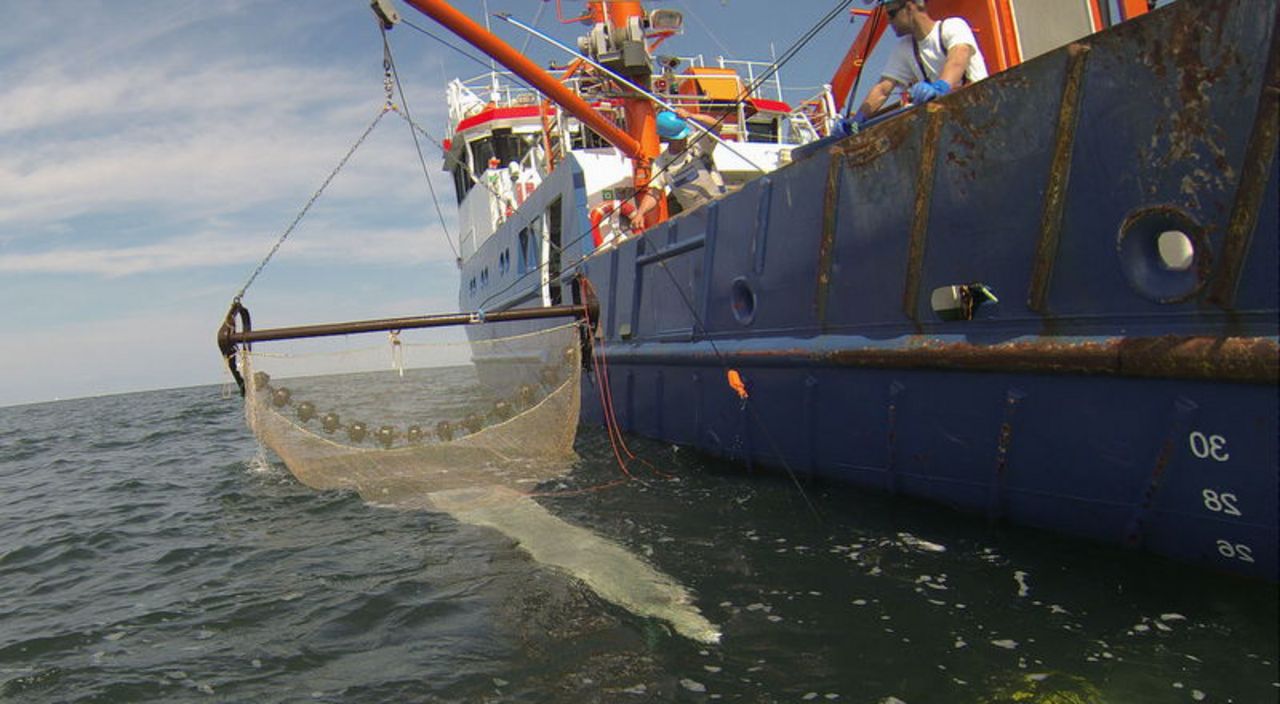
Optimised codends for an ecologically and economically sustainable brown shrimp fishery in the North Sea (CRANNET)
Improvement of cod end selectivity and reduction of by-catches are in the focus of this project.
Background and Objective
Brown shrimp fishery in the North Sea is an important economic factor in German coastal areas of Schleswig-Holstein and Lower Saxony, where approx. 200 vessels are involved. As for other fisheries, shrimp fishery is criticized for its temporarily large amount of discards of small shrimp and fish. This discussion is amplified since shrimping is often conducted in the Wadden Sea National Park. Consequently, it is agreed between stakeholders that discards in this fishery have to be reduced.
The aim of this study is to determine the catchability as well as the species- and size-selectivity of different mesh types (T0, T 90, square meshes) and mesh openings in the codend. In addition, modelling of size selectivity will be used to optimize codend selectivity. The hypotheses are that reduced discards will improve stock sizes and lead to even higher catches due to reduced mortality of small brown shrimp. This will be investigated using a population model developed at the University of Hamburg. The economic effects will be scientifically investigated as well. Practical and theoretical experience in selectivity will lead to a suggestion of mesh sizes and types to be used for a sustainable and economically efficient brown shrimp fishery.
Approach
CRANNET is a joint research project of the Thünen Institutes of Sea Fisheries, Baltic Sea Fisheries and the Institute for Hydrobiology and Fishery Science at the University of Hamburg.
Comprehensive selectivity experiments with several cod ends characterized by different mesh openings and shapes are conducted during scientific surveys. The generated selectivity curves are subsequently combined with population models to identify cod ends with respect towards a sustainable shrimp fishery and increasing brown shrimp stocks. Practical tests using commercial fishing vessels in different seasons will help to verify the sustainability characteristics of the selected cod ends.
Results
Cod ends with T0 or T90 meshes and a mesh size of 26 mm or square mesh cod ends (T45) with a mesh size of 24 mm were identified to increase the sustainability of Brown Shrimp fisheries in terms of ecological and economic aspects.
Discards of undersized shrimp could be significantly reduced with the three proposed cod ends. However, this effect was seasonally dependent and more pronounced in summer than in autumn.
Moreover, modelling predictions suggest short-term losses in the landings of marketable shrimp (length classes> 50 mm) when one of the optimized cod ends is introduced. However, due to reduced mortality rates and the rapid growth of small shrimp, initial losses are compensated after a short period. Subsequently, monthly landings reach the longtime average again. Modelling results also demonstrate that high growth rates yield in an improved stock situation after very short time, which promises increased catches and more stable landings throughout the fishing season.
By using optimized cod ends decreasing numbers of various by-catch species could be observed. However, by-catch results were significantly influenced by fishing grounds and season. Additionally, cod end mesh types affected catches of particular fish species to several degrees. Flatfish such as plaice (Pleuronectes platessa) experienced better sparing effects when cod ends with T0 meshes compared to cod ends with T45 or T90 meshes were used. In contrast, beneficial sparing effects were found for roundfish species such as goby (Pomatoschistus spp.) and hooknose (Agonus cataphractus) when square mesh cod ends were used.
Recommendation of using cod ends with larger mesh sizes in Brown Shrimp fisheries contributes to a responsible use and sustainable management of fisheries-resources in the Wadden Sea ecosystem.
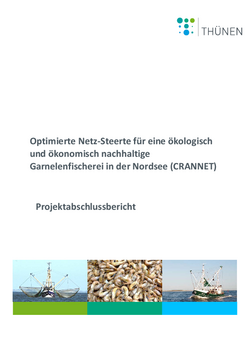 CRANNET_Abschlussbericht.pdfProjektabschlussbericht:
Optimierte Netz-Steerte für eine ökologisch und ökonomisch nachhaltige Garnelenfischerei in der Nordsee (CRANNET)
21 MB
CRANNET_Abschlussbericht.pdfProjektabschlussbericht:
Optimierte Netz-Steerte für eine ökologisch und ökonomisch nachhaltige Garnelenfischerei in der Nordsee (CRANNET)
21 MB
Thünen-Contact

Involved Thünen-Partners
Involved external Thünen-Partners
-
Universität Hamburg
(Hamburg, Deutschland) - SINTEF Fisheries and Aquaculture
(Hirtshals, Dänemark) - COFAD - Consultants for Fishery, Aquaculture and Regional Development
(Weilheim, Deutschland) -
JaFiCoN - Jagd- und Fischerei-Consulting Neudecker
(Hamburg, Deutschland)
Funding Body
-
Bundesland Niedersachsen
(national, öffentlich) -
Bundesland Schleswig-Holstein
(national, öffentlich) -
Federal Ministry of Food und Agriculture (BMEL)
(national, öffentlich) -
European Union (EU)
(international, öffentlich)
Duration
12.2012 - 9.2015
More Information
Project status:
finished
Publications
- 0
Günther C, Temming A, Santos J, Berkenhagen J, Stepputtis D, Schultz S, Neudecker T, Kraus G, Bethke E, Hufnagl M (2021) Small steps high leaps: Bio-economical effects of changing codend mesh size in the North Sea Brown shrimp fishery. Fish Res 234:105797, DOI:10.1016/j.fishres.2020.105797
- 1
Santos J, Herrmann B, Stepputtis D, Günther C, Limmer B, Mieske B, Schultz S, Neudecker T, Temming A, Hufnagl M, Bethke E, Kraus G (2018) Predictive framework for codend size selection of brown shrimp (Crangon crangon) in the North Sea beam-trawl fishery. PLoS One 13(7):e0200464, DOI:10.1371/journal.pone.0200464

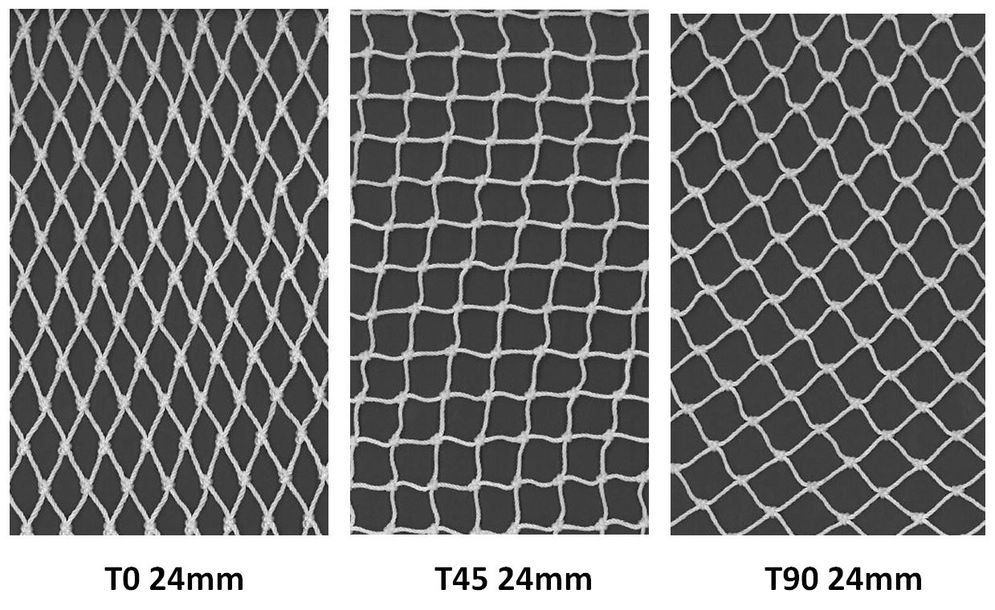

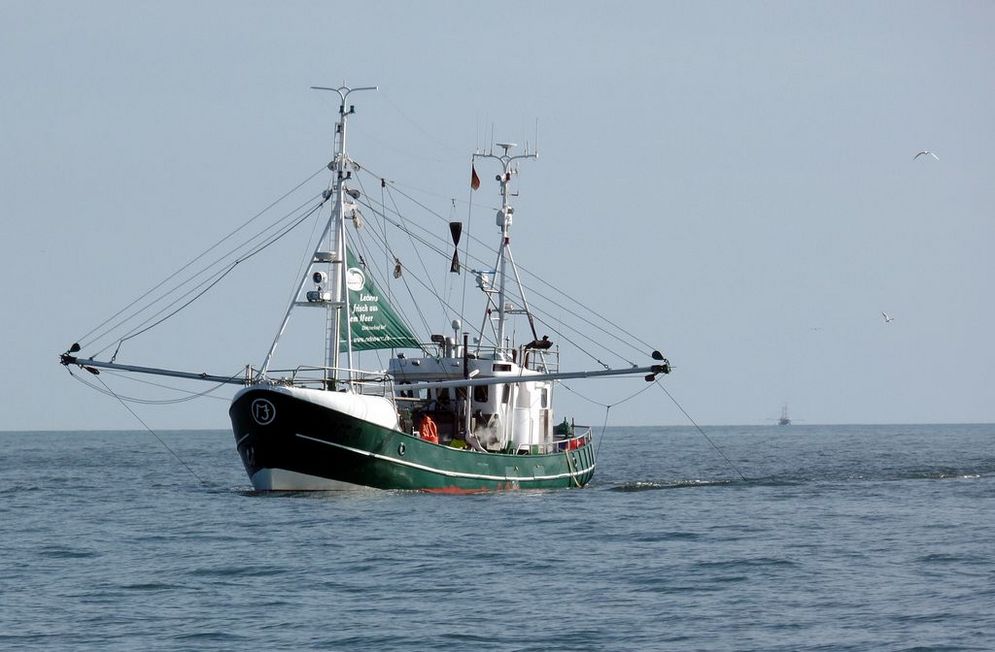
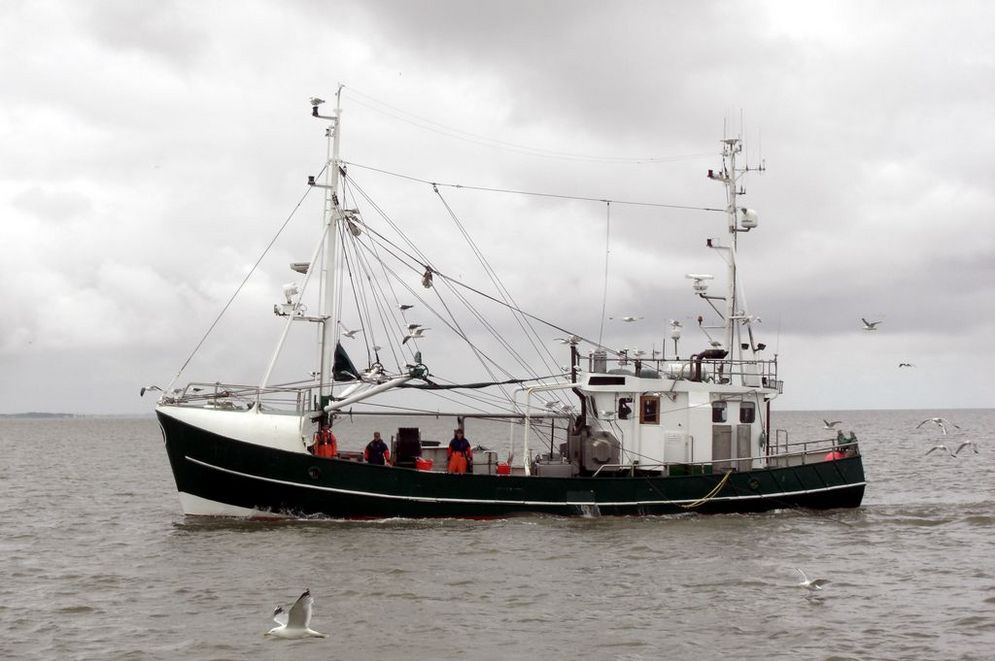
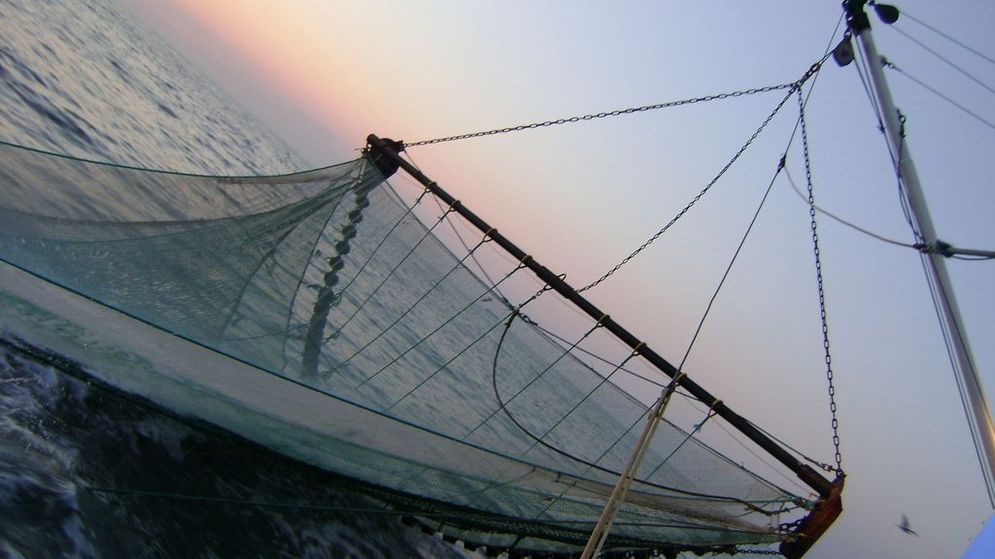
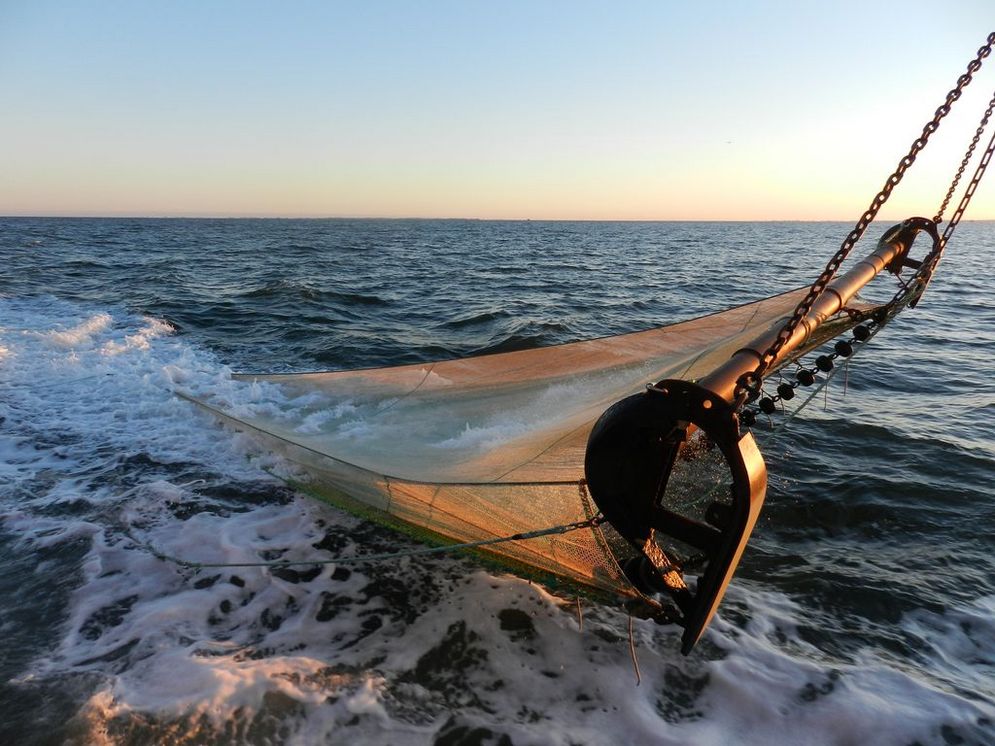
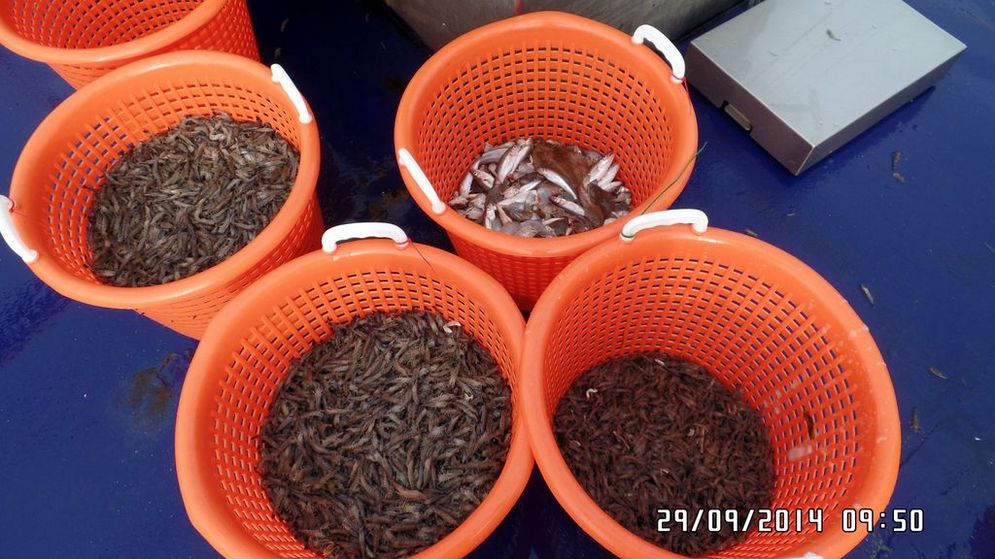


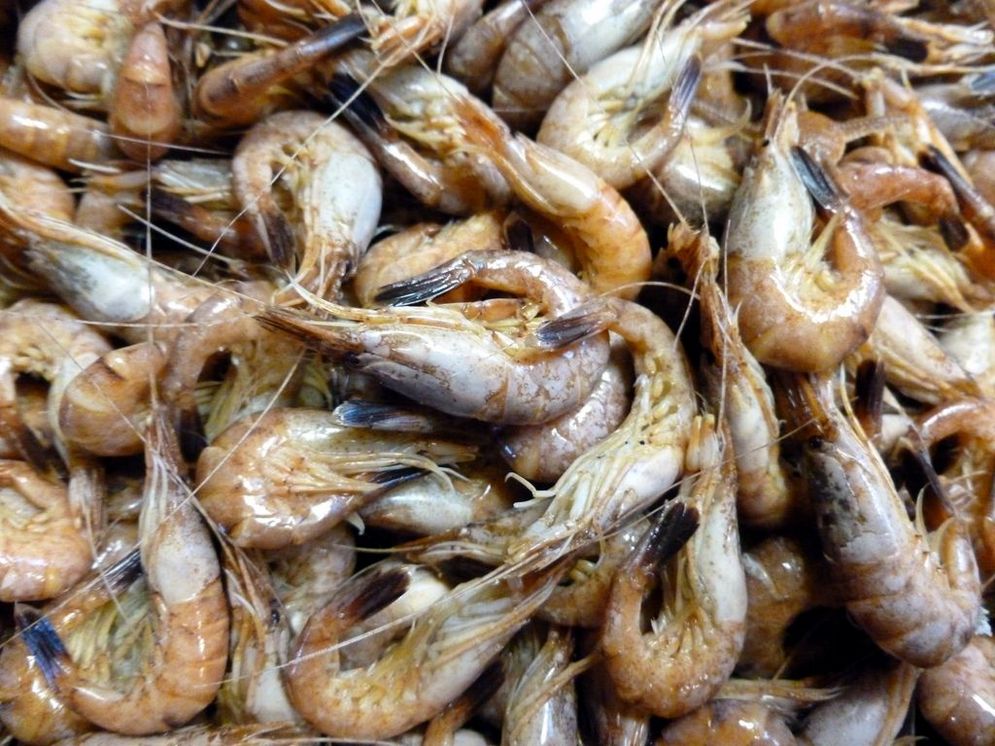


![[Translate to English:] Logo des Bundesministerium für Ernährung und Landwirtschaft](/media/allgemein/logos/BMEL_Logo.svg)